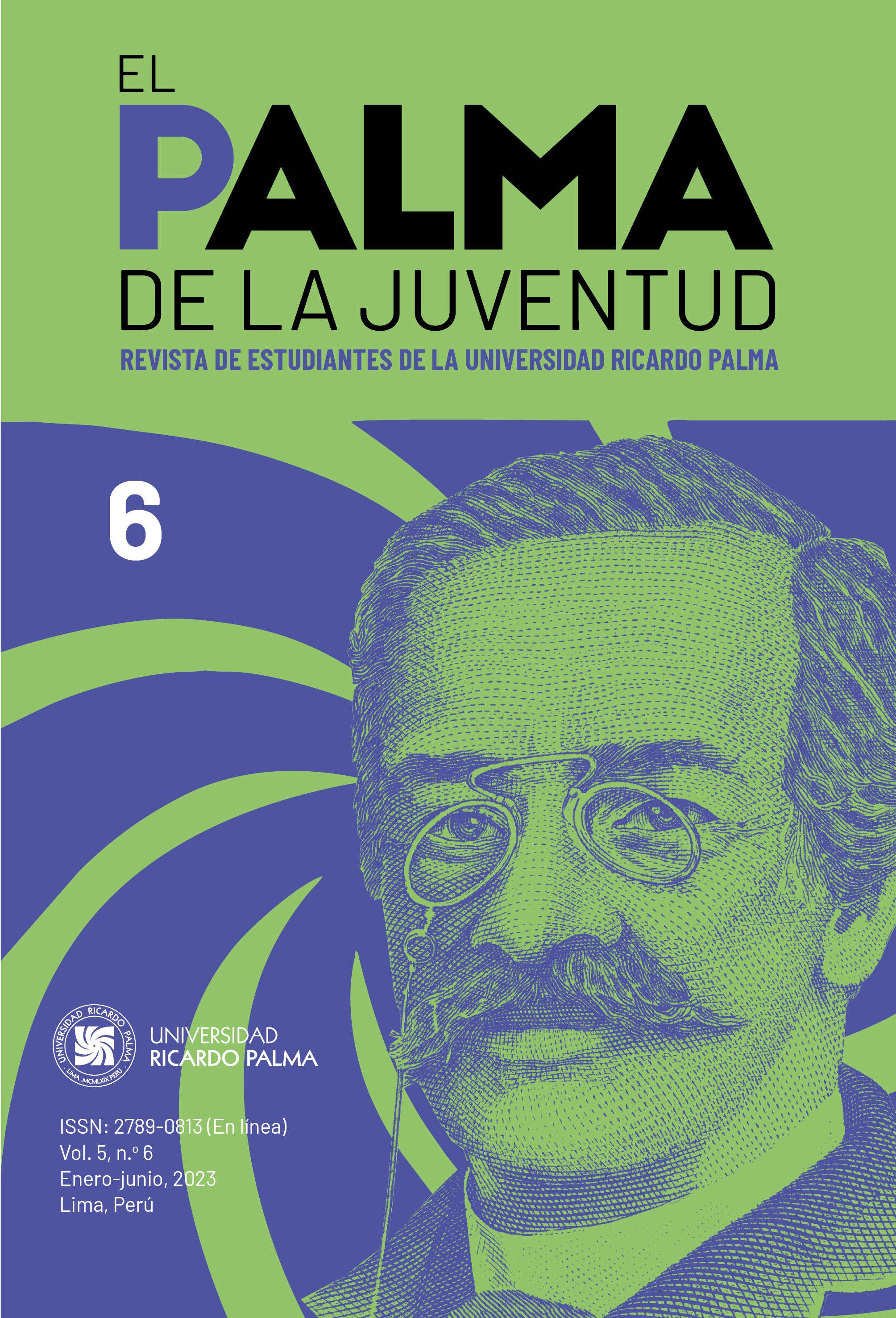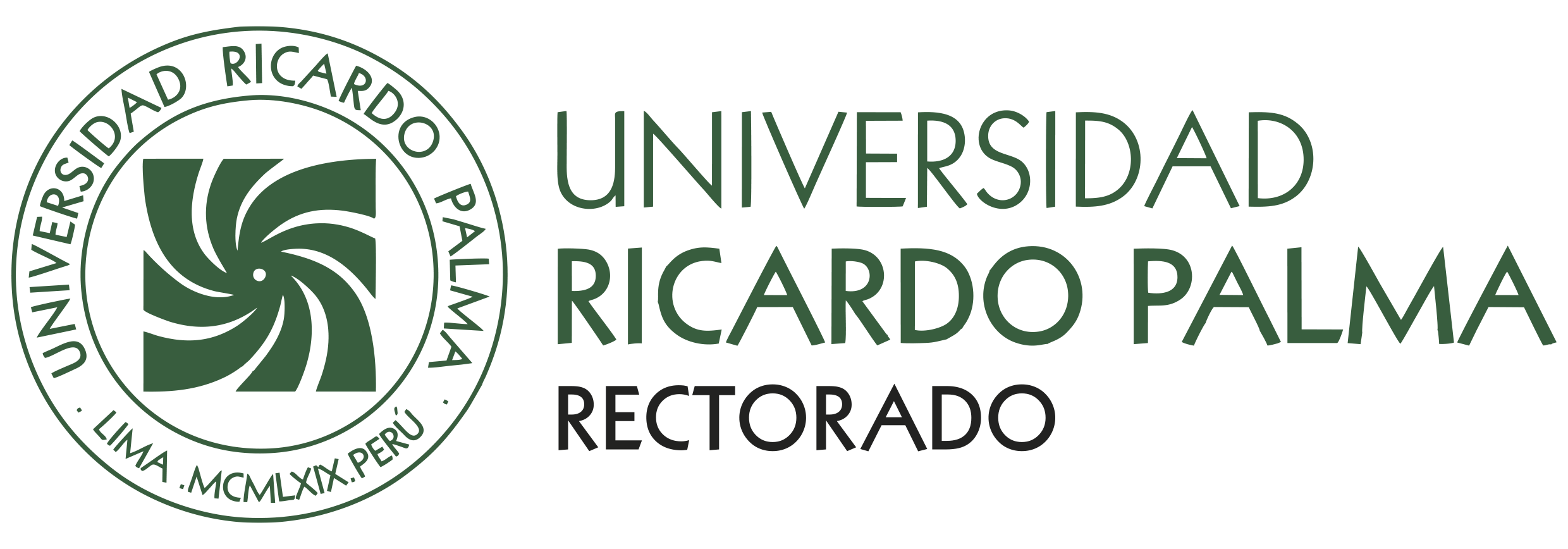The relevance of Latin American women architects regarding Ricardo Palma’s story «La protectora y la libertadora» («The Protector and the Liberator»)
Keywords:
Tradiciones peruanas (Peruvian traditions), gender roles, Latin American architectureAbstract
In the story «La protectora y la libertadora», by Ricardo Palma, Doña Rosa Campusano, and Doña Manuela Sáenz are important characters for the independence of Latin America. Although both are considered transcendental figures in the events of their time, the former is described as a lady of refined delicacy and singular sweetness; while the latter is characterized as a «mistake of nature» with «manly aspirations». From this symbolic antagonism between the figure of the protector and the liberator, this article will focus on demystifying the prejudices about women in our society, especially in Latin America, where they are in a position of cultural segregation compared to Western Europe. The main objective of this article is to make this problem visible and propose solutions to combat gender injustice in the field of architecture in our country. The situation of women in history will be analyzed. The socioeconomic problem which affects the material conditions of children and youngers who are potential Peruvian architects will be examined. It will also present examples of empowered women architects who challenged the undervaluation of women in the construction sector, and who demonstrated that female capacity is not limited to housework nor is it inferior to male capacity in any form. A list of the great female masters of Latin American architecture with international recognition will be compiled; and, finally, the perspective of important Peruvian women architects who contribute to architecture from different approaches will be presented: Tania Cerrón, as an important architect of great influence in sustainable construction with bamboo in Peru, and Lourdes Giusti, as dean of the College of Architects of Peru.
References
Arquidecture (2014, 27 de agosto). Edificio Bioinnova por Tatiana Bilbao, en Culiacán. https://www.arquidecture.com/cgi-bin/v2arts.cgi?folio=293
Barclay & Crousse Architecture (2019). El Lugar de la Memoria. En Blanco, 11(26), 32-47. https://doi.org/10.4995/eb.2019.11567
Beauvoir, S. de (1949). El segundo sexo: los hechos y los mitos. Siglo Veinte.
Birriel, M. M. (2015). Mujeres, género y repoblación en el Reino de Granada (1570-1600). En L. Saletti (coord.), Traslaciones en los estudios feministas (pp. 82-109). Perséfone. Ediciones Electrónicas de la AEHM/UMA. http://www.aehm.uma.es/persefone/Traslaciones_ISBN.pdf
Burin, M. (2008). Las «fronteras de cristal» en la carrera laboral de las mujeres: género, subjetividad y globalización. Anuario de Psicología, 39(1), 75-86. https://raco.cat/index.php/AnuarioPsicologia/article/view/99355/159762
Castro, A. (2018, 21 de marzo). Lina Bo Bardi o cómo hacer flotar las obras de arte en el MASP. Room Diseño. https://www.roomdiseno.com/lina-bo-bardi-o-como-hacer-flotar-las-obras-de-arte-en-elmasp/
Cerrón Arquitectos (2022). Catálogo Línea Bambú - 2022: Ejecutando construcciones sostenibles. https://drive.google.com/file/d/1aBFQ5cPbT38PRJgroNABPeb3RXXNuy2U/view
Cevedio, M. (2010). Arquitectura y género: espacio público/espacio privado. Icaria Editorial.
Cigarini, T. y Saavedra, M. (2015, 17 de agosto). El Lugar de la Memoria. Habitar. https://habitar-arq.blogspot.com/2015/08/el-lugar-de-lamemoria.html
Díez, M. I. (2020). Mujeres y economía en la Edad Moderna: las tierras de Guadix y Baza (1482-1571) [Tesis de doctorado, Universidad de Granada]. https://digibug.ugr.es/bitstream/handle/10481/64650/68318.pdf?sequence=4
Hultzsch, A. (2022). Otras prácticas: historias de la arquitectura con perspectiva de género. ZARCH, (18), 30-41. https://doi.org/10.26754/ojs_zarch/zarch.2022186968
Kollontái, A. (2016). Mujer y lucha de clases. Intervención Cultural.
Lerner, G. (1990). La creación del patriarcado. Editorial Crítica.
López, A. I. (2020, 18 de febrero). Sandra Barclay, la arquitecta peruana que explora el paisaje y el bienestar humano. Architectural Digest. https://www.admagazine.com/arquitectura/sandra-barclay-la-arquitectura-peruana-del-paisaje-y-bienestar-humano-20200219-6492-articulos
Malkin, E. (2018, 13 de marzo). La arquitectura humanista de la mexicana Tatiana Bilbao. The New York Times. https://www.nytimes.com/es/2018/03/13/espanol/america-latina/tatiana-bilbaoarquitecta-vivienda.html
Odebrecht, S. (2006). Autenticidad y carácter en la arquitectura de Lina Bo Bardi (1914-1992). Arquitectura y Urbanismo, 27(2-3), 23-32. https://www.redalyc.org/pdf/3768/376839850003.pdf
Ortega, M. (1988). Una reflexión sobre la historia de las mujeres en la Edad Moderna. Norba: Revista de Historia, (8-9), 159-168. https://dialnet.unirioja.es/servlet/articulo?codigo=109830
Palma, R. (2007). La protectora y la libertadora. En Tradiciones peruanas. Séptima serie (pp. 161-171). Biblioteca Cervantes Virtual. https://www.cervantesvirtual.com/obra-visor/tradiciones-peruanas-septima-serie--0/html/0156a98e-82b2-11df-acc7-002185ce6064_18.html#I_70_
Sánchez, M. y Garrido, F. (2018). Lina Bo. Una antifeminista moderna. En M. Alcántara, M. García y F. Sánchez (coords.), Estudios de género. Memoria del 56.º Congreso Internacional de Americanistas
(pp. 220-229). Ediciones Universidad de Salamanca. https://doi.org/10.14201/0AQ0251_9
Toledo, Z. (2021). Una guía para entender el Perú de Pedro Castillo. Nueva Sociedad, (295), 72-81. https://biblat.unam.mx/hevila/Nuevasociedad/2021/no295/6.pdf
Viator (2023, 15 de enero [última actualización]). Museo de Arte de Sao Paulo (MASP). https://www.viator.com/es-VE/Sao-Paulo-attractions/Sao-Paulo-Museum-of-Art-MASP/overview/d5112-a17593
Vives, J. (2019, 5 de abril). Las mujeres de la Bauhaus que rompieron esquemas. La Vanguardia. https://www.lavanguardia.com/vida/junior-report/20190405/4981508/mujeres-bauhaus-rompieron-esquemas.html
Downloads
Published
How to Cite
Issue
Section
License
Copyright (c) 2023 Abigail Eunice Ortiz Curinambe

This work is licensed under a Creative Commons Attribution 4.0 International License.
La revista utiliza una licencia Creative Commons para mostrar a los lectores y usuarios cómo se pueden utilizar los contenidos publicados.
Los contenidos publicados en esta revista están bajo una licencia CC-BY 4.0. Esta licencia permite:
- Compartir, copiar y redistribuir el material en cualquier medio o formato.
- Adaptar, remezclar, transformar y construir a partir del material para cualquier propósito, incluso comercialmente.
Bajo los siguientes términos:
- Atribución. Usted debe dar crédito de manera adecuada, brindar un enlace a la licencia, e indicar si se han realizado cambios. Puede hacerlo en cualquier forma razonable, pero no de forma tal que sugiera que usted o su uso tienen el apoyo de la licenciante.










